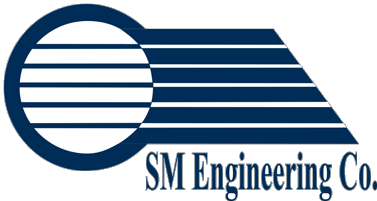 Reducing your facility’s water usage is one way to reduce your plant’s operating costs. Improving the water efficiency of your plant has benefits beyond your plumbing infrastructure. Using less water puts less strain on your wastewater system and requires less gas and electricity utilities to move, heat, and dispose of water and wastewater.
Reducing your facility’s water usage is one way to reduce your plant’s operating costs. Improving the water efficiency of your plant has benefits beyond your plumbing infrastructure. Using less water puts less strain on your wastewater system and requires less gas and electricity utilities to move, heat, and dispose of water and wastewater.
If reducing water usage is a priority for your plant in the next one to five years, SM Engineering has some tips for you as you embark on your water saving strategy.
Review your plant’s current water use and compare to industry benchmarks.
To optimize your plant’s water savings, you must have an accurate understanding of what your facility’s current water usage is. We recommend auditing your water meter and your water and sewer bill to uncover potential opportunities. You may also find it helpful to look up your industry’s average water use, if available, or read case studies from similar industries. Hiring a professional energy auditor can streamline this discovery process and ensure that you don’t miss anything.
Consider common water saving opportunities first.
Once you have an idea of your current water use, study the feasibility of some of the most common ways to conserve water. Some may be easy and cost effective to implement, while others may be too costly or complicated to implement right away or at all. Here’s a look at some of the ways industrial plants have reduced water usage:
- Modify equipment with water-saving nozzles and other devices
- Reduce the flow of water
- Upgrade to more water efficient equipment
- Improve wastewater treatment efficiency
- Recycle and reuse wastewater
- Upgrade to a waterless process
Implement a plan for employee buy-in.
Once you’ve identified how you’ll reduce water usage at your facility, you’ll need to implement a plan for employee buy-in. Provide training on why your facility is investing in water-efficient equipment or reducing water flow. Reward employees who take initiative in championing your water-saving processes. You may also consider incorporating water-saving efforts into performance reviews for your line managers.
Reducing water usage at your plant offers significant cost savings. You may see savings right away in your utility bills and experience cost savings long-term after investing in efficient equipment or switching to a waterless process. SM Engineering can help you identify your baseline water usage and uncover potential savings on your water bill that requires no capital investment. Contact SM Engineering today to get started.


